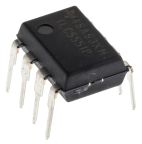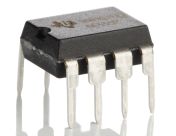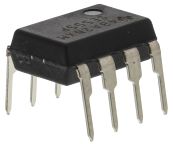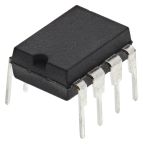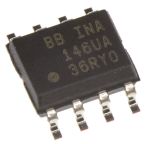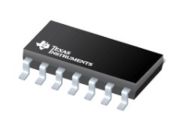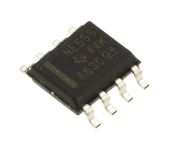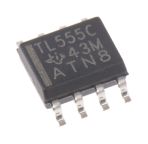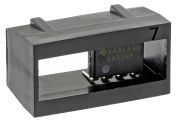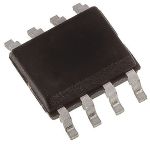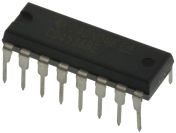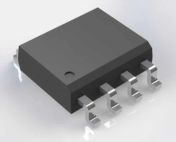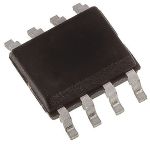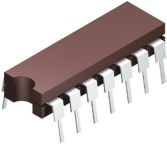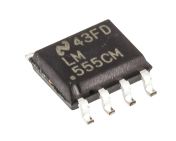Timer Circuits
Timer circuits are used to control one or more sequences of events within an electronic system. Timer circuits work by changing the circuit from its current state to another in advance following a set parameter.
Where would I use a timer circuit?
You can use timer circuits for a wide range of basic timing functions, like turning a light on for a certain amount of time or on and off repeatedly within a set time to create a flashing light or lighting sequence. Timer circuits can also be used to create musical notes of a particular frequency.
555 timers
The most widespread type of timer circuit is the 555 timer, which is made up of an eight-pin dual in-line package containing 25 transistors, two diodes and 16 resistors. They can be used as either astable or monostable timers:
- Monostable: Often called a one-shot timer, a monostable timer stays on for a certain length of time and then turns off. The timing process starts when the timer is switched on.
- Astable: An astable timer is switched on to provide a constant on/off digital output. The timer can be used make an LED flash, and the rate of flashing is determined by a capacitor in the circuit.
